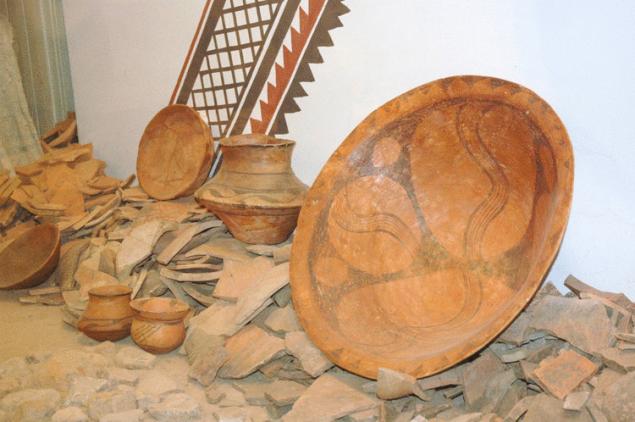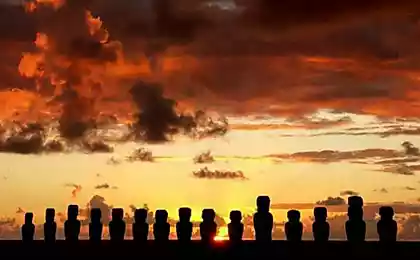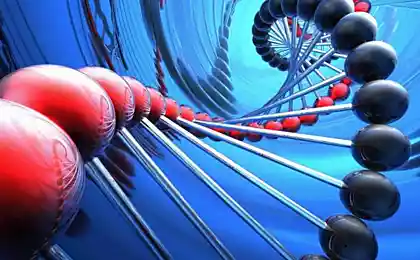413
The mystery of the origin of the Trypillians

Genetic analysis confirmed the relationship from one of the most ancient agricultural cultures of Eastern Europe with the population of the Balkans and Asia Minor.
It turned out that the basis of the Trypillian culture was the local population living on the territory of modern Ukraine until the arrival of farmers. Studies of the remains of the bearers of Trypillya archaeological culture (IV–III thousand BC) showed that it was the result of the mixing of the local population and people coming from the Balkan Peninsula. This is stated in the article Alexei Nikitin, doctor of science from State University Grand valley (Allendale, USA), published in the new issue of the journal Stratum plus.
Samples for genetic analysis were obtained in 2005 from the cave Verteba in Podolia (Ternopil oblast, Ukraine). In 2010, the year the scientific community was presented preliminary results of the study. Recent years a group of scientists engaged in a review of its findings, analyzing the origins of the forerunners of the Trypillians in the Central European and Balkan regions.
The Trypillians were revealed the same maternal genetic lines as their Balkan ancestors. The roots of these lines lie in Asia Minor, where in Europe it is the first agricultural populations.
The "local" (indigenous) line in the remains of the Trypillians were predominant. The basis for the Trypillian culture was the people who lived in the area from the Carpathian mountains to the Northern black sea before the arrival of farmers.

Trypillya archaeological culture (another name – the culture of Cucuteni–Trypillia) – one of the early farming cultures in Eastern Europe. Tribes of this culture inhabited part of the territory of modern Romania, Moldavia and the forest-steppe of Ukraine (the right Bank).
Trypillians grew several varieties of wheat, barley and millet. In addition, they were engaged in household cattle. Their farms were cows, pigs, goats, sheep. They also knew a metal (copper), were able to spin and weave. The most striking sign of culture – painted pottery, and the most popular motif was the spiral.
Trypillians lived in settlements, some of them can be called proto-towns – their size sometimes reaches 450 hectares. Typically, the layout of settlements was correct, dwellings located in parallel rows, groups, or concentric circles. Home Trypillians were built, perhaps two - or even three-storey. However, due to the fact that the fertility of cultivated land rapidly decreased (there was no major rivers, which would have caused the sludge to the fields), the Trypillians had every 50-70 years to move to a new location.
According to the materials: Nikitin A. G. Genetic roots Trypillians: what have we learned after eight years of research. // Stratum plus. 2014. No. 2. P. 303-307.
Source: nkj.ru























